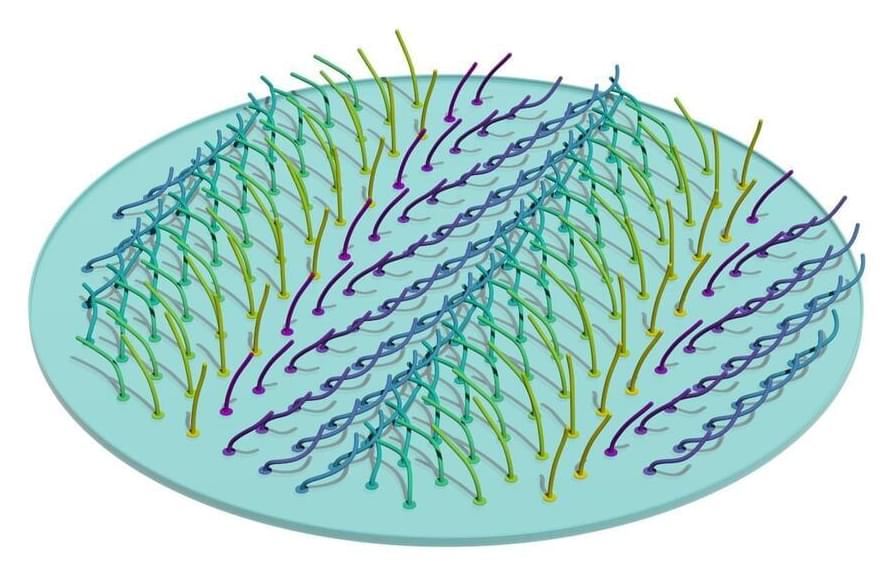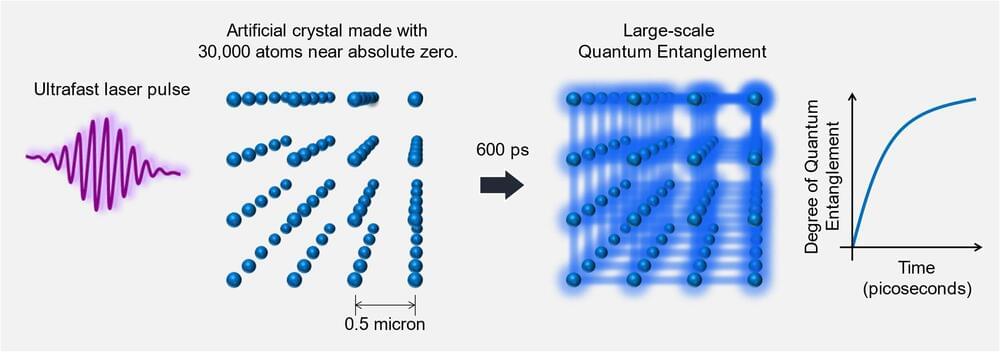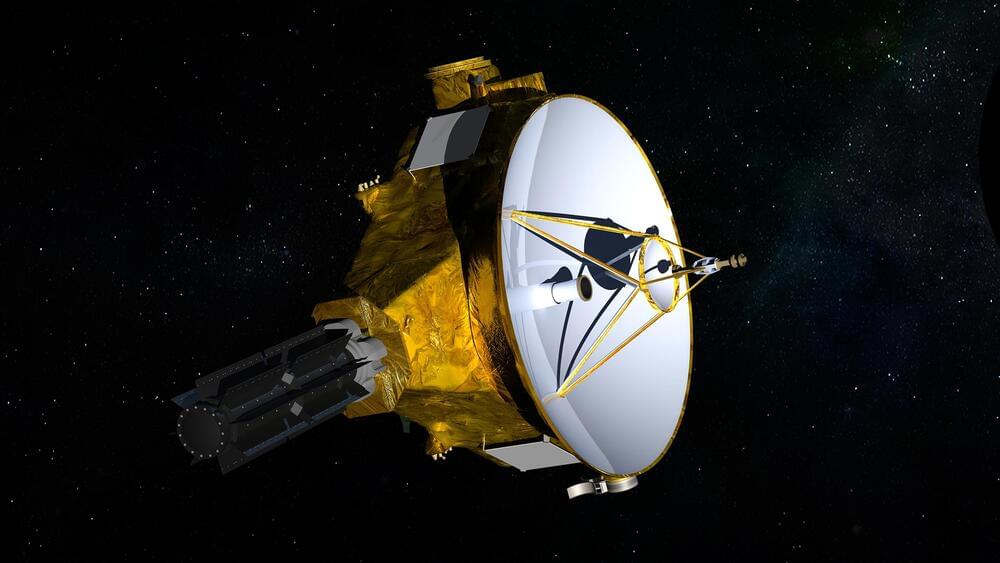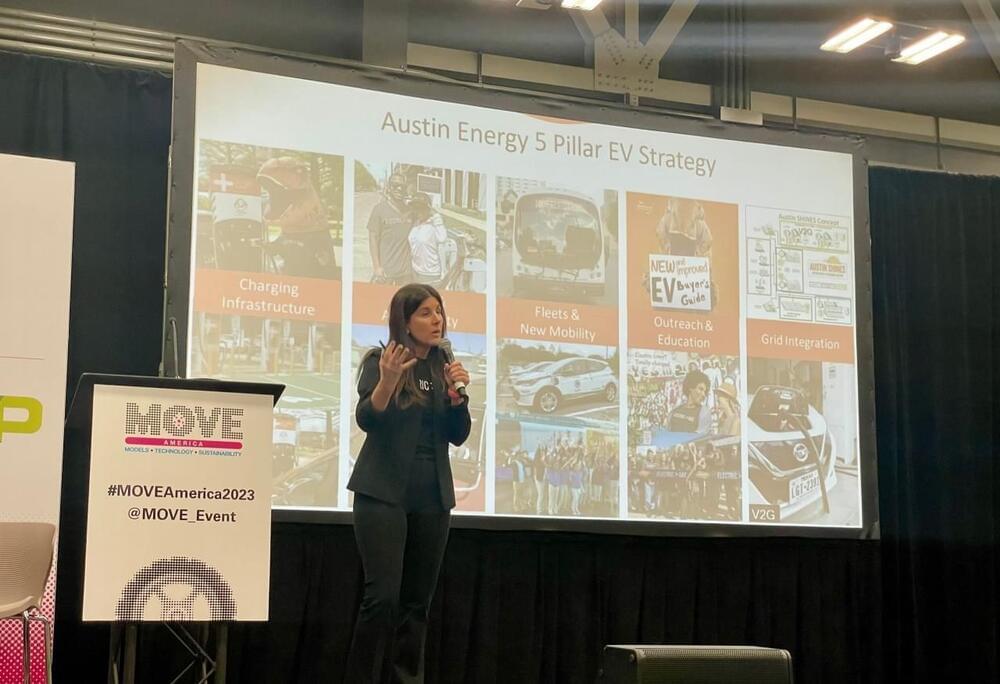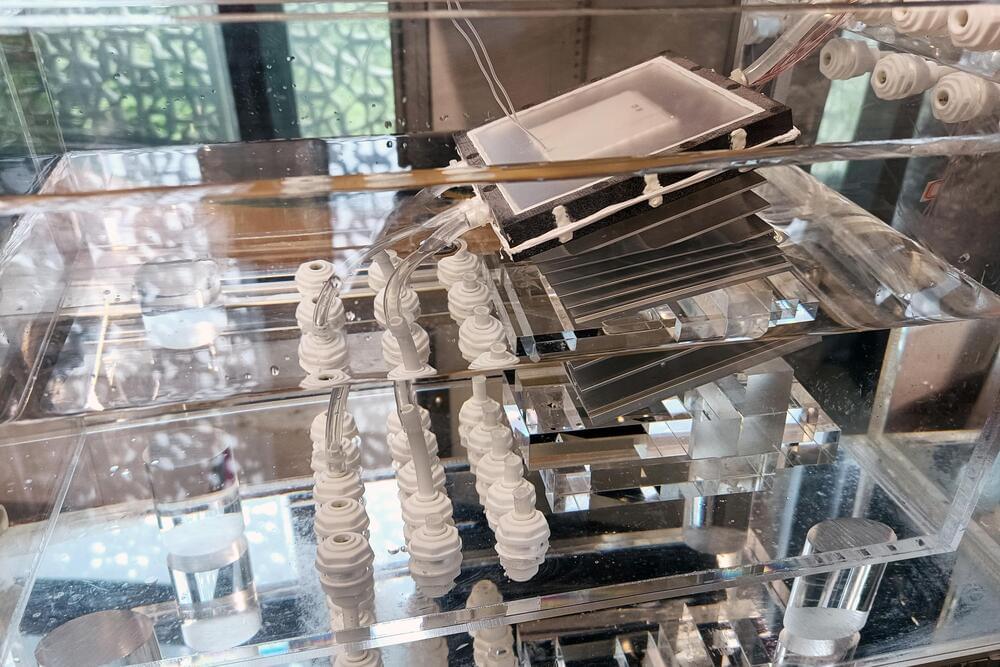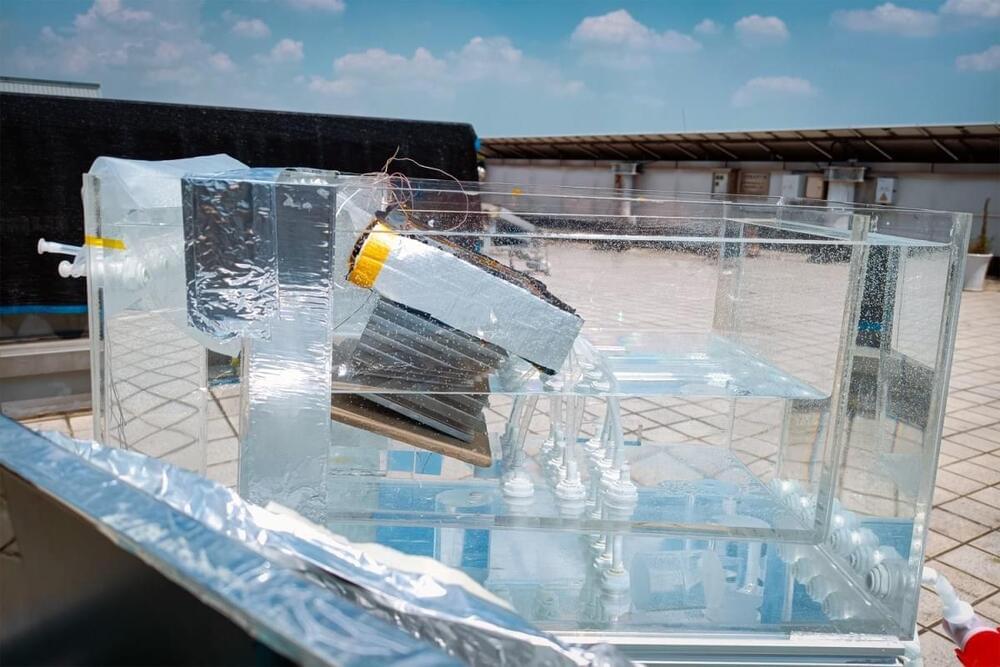What do the crowd at a football stadium, the feet of a centipede, and the inside of your lungs have in common? All of these systems show the same specific kind of organization, as recently discovered by a group of scientists from MPI-DS.
The crowd wave in a stadium looks like a pattern traveling across the tiers. Similarly, the legs of a centipede move in canon with illusory waves sweeping along its entire length. On a microscopic level, tiny hairs in our lungs called cilia wave together to transport mucus. This serves as a first line of defense against invading pathogens.
To create a synchronized and efficient wave, cilia need to accurately coordinate their beating motion. Unlike football fans watching their neighbors and the nervous system coordinating the centipede’s legs, cilia have no such intelligent control system.
